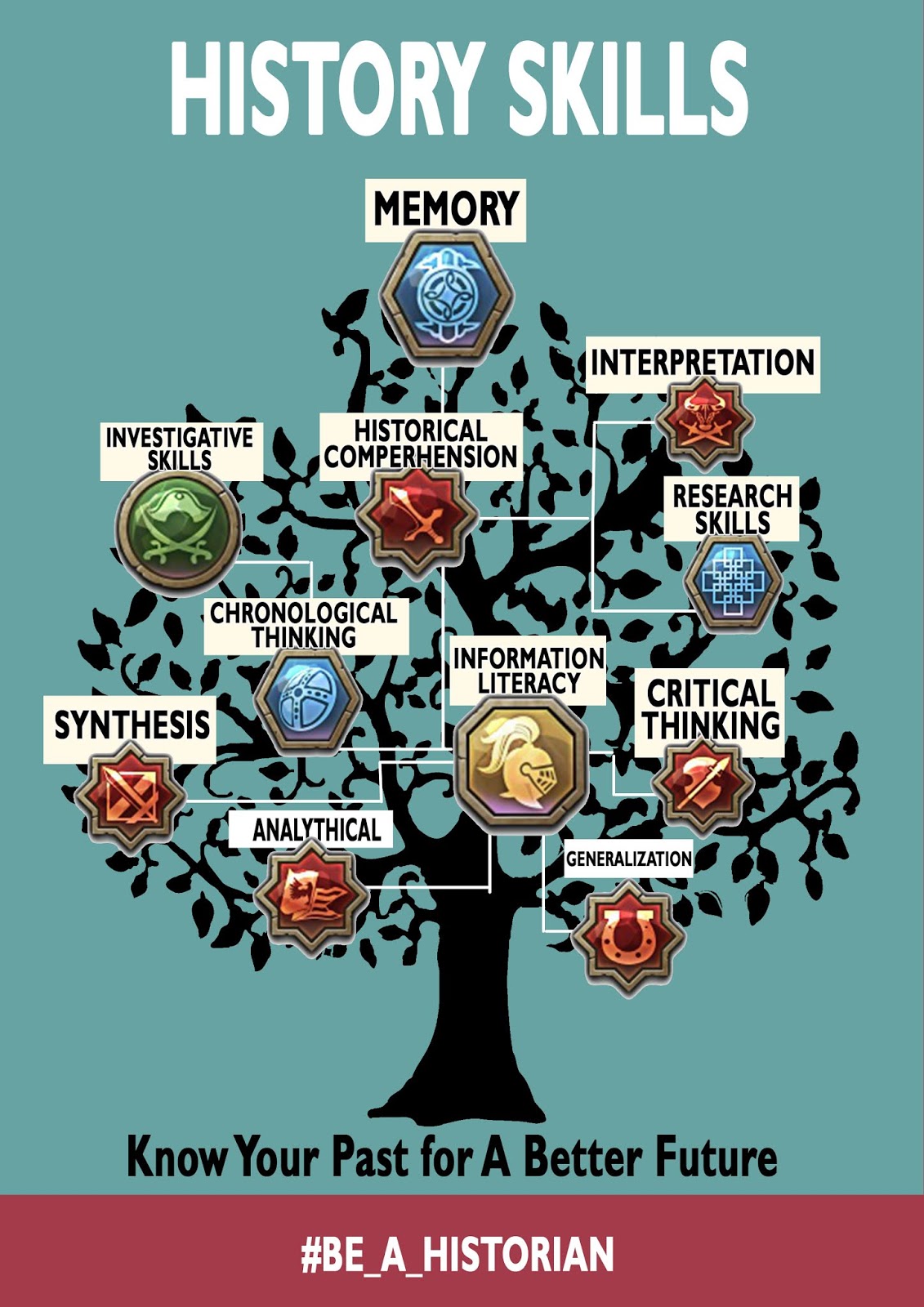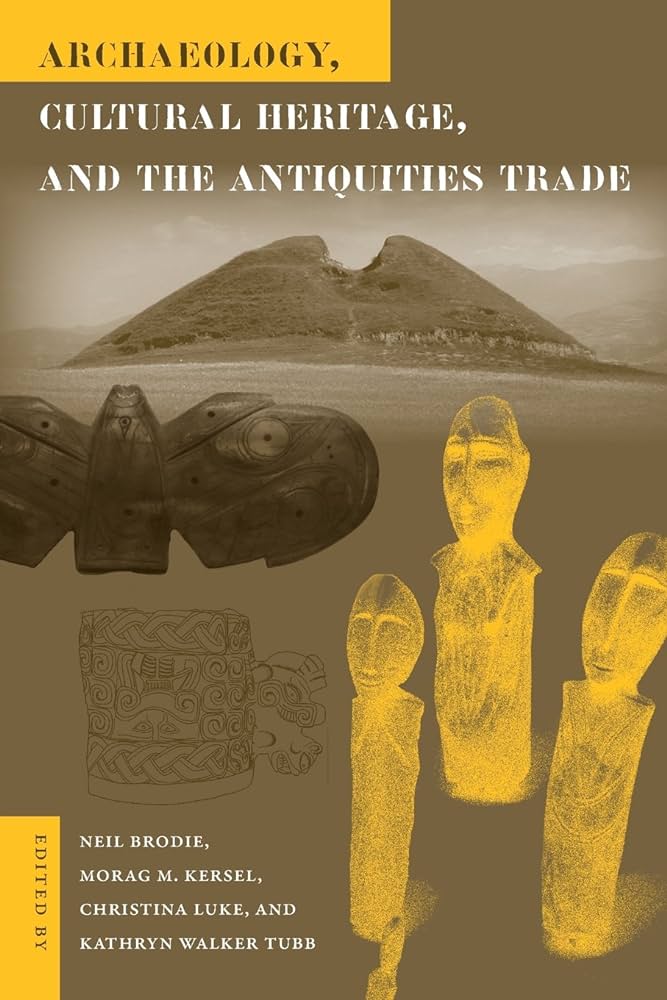Revealing the Secrets of Ancient Warfare
Ancient warfare has always fascinated historians and enthusiasts alike. Understanding the strategies, tactics, and weaponry of ancient civilizations can provide valuable insights into the past. In this blog post, we will explore the secrets of ancient warfare, shedding light on the methods employed by civilizations such as the Greeks, Romans, and Egyptians. Prepare to embark on a journey through history as we uncover the mysteries of ancient combat.
1. The Art of Strategy: Ancient military tactics were often ingenious in their simplicity. The Spartans, renowned for their discipline and bravery, utilized a formation known as the phalanx, where heavily armored soldiers locked shields and presented an impenetrable wall to their enemies. The Romans employed the innovative manipular formation, enabling flexibility and adaptability on the battlefield. Understanding these tactics can shed light on the strategic brilliance of ancient commanders.
2. Weapons of Destruction: Ancient civilizations developed a wide array of weapons to gain an edge in battle. The Greeks introduced the hoplite spear and the deadly sarissa, a pike-like weapon used by the Macedonians. The Romans perfected the gladius, a short sword ideal for close-quarter combat, while their formidable ballistas and catapults dominated the realm of siege warfare. Learning about these weapons can offer a glimpse into the ancient military-industrial complex.
3. Naval Warfare: The seas have witnessed numerous historic battles, and ancient civilizations were no exception. The Greeks and Phoenicians excelled in naval warfare, employing triremes and quinqueremes, oared warships with devastating rams. The Carthaginian general Hannibal utilized innovative naval tactics during the First Punic War, giving rise to legendary military strategies. Exploring naval warfare tactics can unlock the secrets of ancient maritime conflicts.
4. The Role of Technology: Ancient engineers and craftsmen utilized their ingenuity to develop cutting-edge technologies. The Romans’ construction of roads, aqueducts, and fortifications ensured their military dominance. Siege towers, battering rams, and even early flamethrowers were employed during ancient sieges. Understanding the technological advancements of ancient societies can shed light on their military successes.
5. Military Culture and Ethics: Ancient warfare was not only about combat; it encompassed ethics, ideology, and cultural values. Spartans, for example, embraced a warrior ethos from birth and were expected to unquestioningly serve the state. The Code of Hammurabi, one of the earliest known legal codes, set rules for conduct during warfare. Examining the cultural and ethical aspects of ancient warfare can provide a deeper understanding of the societies that thrived during those times.
6. Legacy and Influence: The strategies and tactics formulated by ancient civilizations have had a lasting impact on military thought throughout history. Ancient military treatises, such as Sun Tzu’s “The Art of War” and Vegetius’ “De Re Militari,” are still studied and revered today. By studying ancient warfare, we can gain valuable insights into the foundations of modern warfare.
In conclusion, delving into the secrets of ancient warfare provides us with a rich understanding of the past and the complexities of ancient civilizations. The strategies, weapons, and military culture employed by ancient societies continue to fascinate scholars and enthusiasts alike. By exploring these aspects, we can derive valuable lessons and gain perspective on the evolution of warfare. So let us continue our exploration, unearthing the hidden treasures of ancient warfare and honoring the legacies of those who fought in battles long ago.











